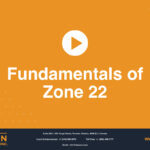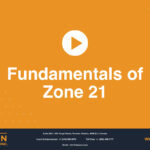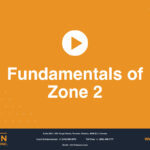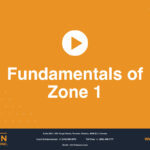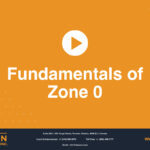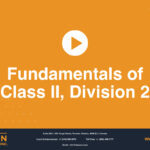Fundamentals of Zone 20
Dust explosive atmospheres are locations that are hazardous due to the presence of combustible dusts. Small combustible dust particles can burn easily and rapidly; a sufficient quantity of explosive dusts can cause an explosion.
Hazardous locations involving dusts are classified according to the properties of the combustible dusts or fibres present and the likelihood that a flammable or combustible concentration or quantity is present.
Electrical and non-electrical equipment alike are often installed in locations where there are explosive dusts present. These products must therefore be designed and constructed in compliance with safety Standards in order to be safe to use in such hazardous locations.
As per International Electrotechnical Committee Standards, the areas where explosive dusts may be present are categorized into three groups: Zone 20, Zone 21, and Zone 22. This animation is about Zone 20.
Zone 20 is defined as an area in which an explosive dust atmosphere, in the form of a cloud of dust in the air, is always present during normal operation. As a result, electrical or non-electrical equipment used in Zone 20 must not become a source of ignition in the form of hot surfaces or sparks under normal or even abnormal conditions.
Zone 20 mainly refers to areas inside closed containers, pipes and apparatus in which combustible dust in the form of a cloud is present continuously, for long periods or frequently.
To make it easy to distinguish among the three Zones, consider this diagram of a typical dust handling plant. The areas classified as Zone 20, Zone 21 and Zone 22 have each been identified.
Dusts are contained inside a dust handling container and are transferred to the truck tank. The area inside the container of dusts is defined as Zone 20, because explosive dusts are always present.
In order to be certified as compliant with safety Standards for Zone 20, an electrical device must be protected by one or more of the following protection techniques: intrinsic safety with level of protection “ia”, encapsulation with “ma” protection, and protection by enclosure with “ta” marking. Additionally, equipment with optical radiation features such as lasers can be installed in Zone 20 if the optical power is inherently safe using “op is” protection or using an interlock system complying with “op sh” protection with an Equipment Protection Level (EPL)of Da.
Request a Consultation
Complete the form below to get started.

